At a Glance
Quick Tips
- Plan your transportation and lodging options around the season and species you will be hunting
- Bear fences can be a good idea for camps
- Rain gear is a necessity


This enormous unit is found in northwest Alaska and lies along the Bering Sea. Of the list of animals to be hunted here Caribou is the primary attraction and also the cause of ongoing conflict. Most of the hunting in this unit has been reduced to resident hunters only and options for nonresident and residents of other hunting units has been greatly reduced. A few small towns and hubs are found throughout the unit but most of the unit is primarily remote. Fly-in hunting is one of the more popular options but several float hunt opportunities also exist. **On March 30, 2022, the Federal Subsistence Board (Board) approved Temporary Wildlife Special Action WSA21-01 with modification to close some Federal public lands in Units 23 and 26A to moose and caribou hunting by non-Federally qualified users for the 2022-2024 regulatory cycle. For caribou, the closure only applies to Noatak National Preserve (including the Nigu River portion of the Preserve in Unit 26A) and BLM-managed lands between the Noatak and Kobuk rivers in Unit 23. Collectively, this area is approximately 11,300 square miles.For moose, the closure to non-Federally qualified users applies to all Federal public lands in Unit 23. Collectively, this area is approximately 32,300 square miles.
The primary draw to this unit will generally be found in caribou. Nonresidents are highly restricted on what species they can pursue.
This area is primarily comprised of expansive tundra lands with intermixed mountain ranges and marshes. Most of the area is completely void of any taller vegetation and glassing opportunities are excellent. Much of the area in the Kobuk Valley National Park will see timbered slopes but these areas are not accessible to the general bulk of hunters and otherwise off-limits. Marshy areas tend to see a heavy distribution of small feeder streams, ponds, and lakes which can make cross country travel difficult at times. High elevation areas are commonly void of virtually all plant life and can make for great travel options.
Physically reaching this unit can require a good deal of planning and logistics. Hunting opportunities will really only exist through the use of planes but flights will be expensive and limited. Float hunting options are also possible for many hunters depending on their desires for the hunt. The Ambler, Kobuk, Noatak, Selawik, and Squirrel Rivers are all popular floats.
Most of this area is comprised of tundra, grasses, wildflower, and small shrubs. Small and very scattered patches of cottonwood and willow do sprout up on occasion but these are uncommon. This unit is largely stark and barren and hunters will find that small bumps in elevation will provide glassing opportunities for miles. Throughout Kobak Valley National Park a greater distribution of trees, namely spruce and birch will be found on most of the south facing slopes.
Some lodging options can be found throughout the unit but most hunters will generally opt for primitive camping techniques whether they are flown in, packed in, or camping at the vehicle.
Roughly 47,099 square miles
82% Public land
Elevations range from 0-6,000 feet